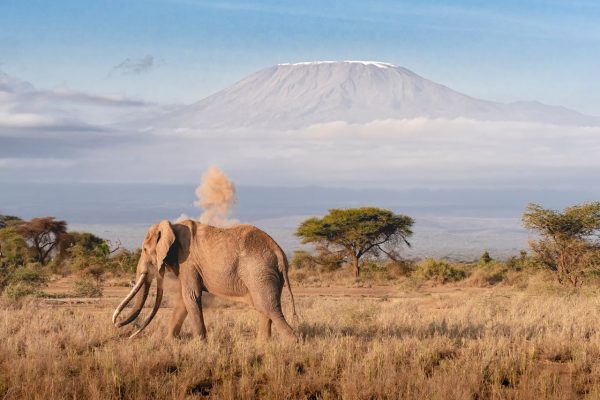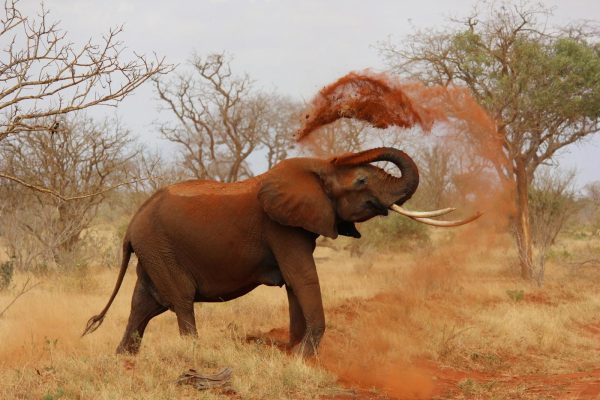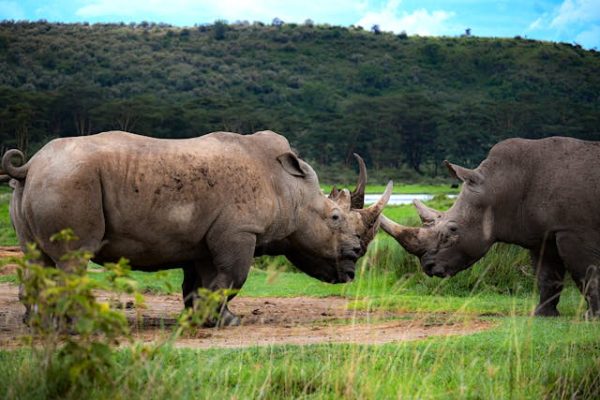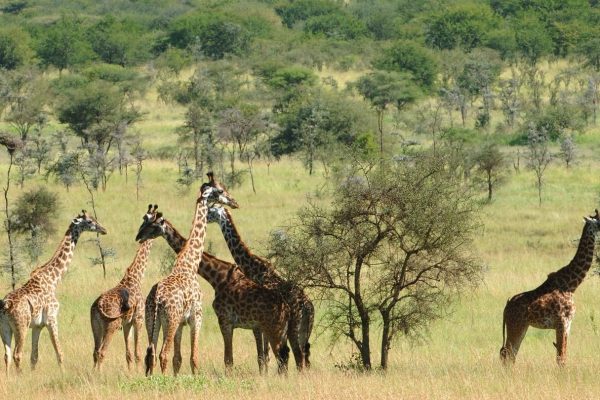Tsavo West National Park
Tsavo West National Park is one of Kenya’s most iconic wildlife sanctuaries, forming part of the larger Tsavo Conservation Area. Covering approximately 9,065 square kilometers, it lies to the southwest of its sister park, Tsavo East, and is separated from it by the Nairobi-Mombasa highway and railway line. It is managed by the Kenya Wildlife Service (KWS) and is easily accessible from Nairobi, Mombasa, or the coastal towns.
Key Attractions and Features:
-
Mzima Springs: One of the park’s most famous features, Mzima Springs is a natural oasis fed by underground streams from the Chyulu Hills. Crystal-clear waters provide a refuge for hippos, crocodiles, and a variety of fish, while an underwater viewing chamber offers a unique perspective of aquatic life.
-
Shetani Lava Flow: A fascinating geological site formed from a volcanic eruption about 500 years ago. The black lava field stretches over 50 km² and is a striking contrast to the surrounding savannah landscape.
-
Chaimu Crater: A volcanic cone that offers panoramic views of the park’s diverse terrain and is popular for short hikes and birdwatching.
-
Rhino Sanctuary: Tsavo West is home to a protected black rhino sanctuary, where the endangered species is closely monitored in a secure environment.
-
Scenic Landscapes: The park is known for its dramatic and rugged landscapes, including rolling hills, acacia woodlands, rocky outcrops, and expansive savannahs. The Chyulu Hills and the backdrop of Mount Kilimanjaro add to its scenic beauty.
Wildlife:
Tsavo West hosts a wide variety of wildlife including:
-
The “Big Five”: lions, leopards, elephants, buffalos, and rhinos
-
Other notable species: giraffes, zebras, cheetahs, hippos, crocodiles, and numerous bird species (over 600 species recorded)
Activities:
-
Game drives
-
Nature walks near Mzima Springs and Chyulu Hills
-
Birdwatching
-
Photography safaris
-
Hiking volcanic sites like Chaimu Crater
Best Time to Visit:
The dry seasons (June to October and January to February) are ideal for wildlife viewing as animals gather around water sources. However, the park remains open year-round and offers unique experiences during the green season as well.



